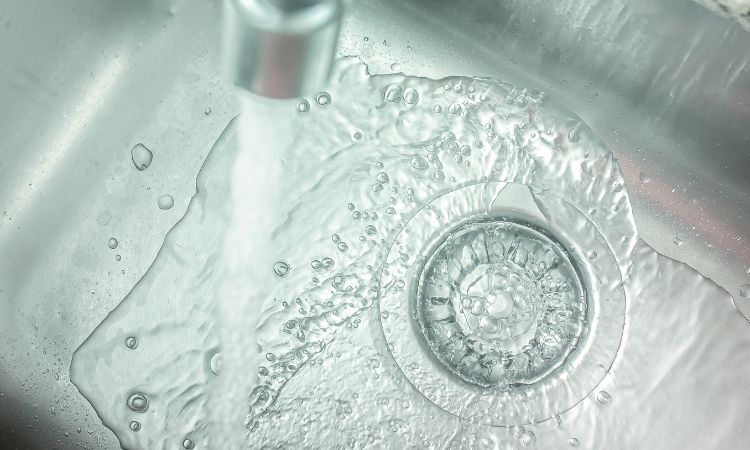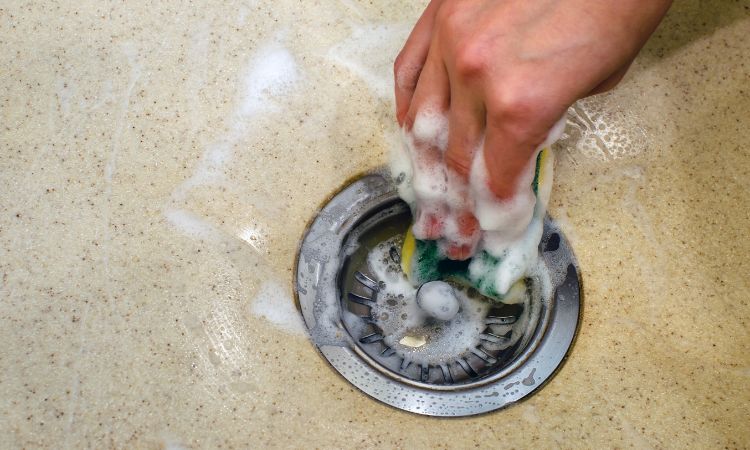The slow sink drain is among the most basic plumbing problems every homeowner encounters. This slow drain is a common problem in the kitchen and bathroom sinks because these are the most used stations and are prone to debris catching. However, if you are in this situation, and have no clue about the solution, just read through the article, and you will find all your answers.
Check Out Our Plumbing Services
The severity of the slow-draining sink depends on the time since it started because the sink becomes slower with time. However, all the slow-draining sink problems are generally considered mild. This article will discuss the most common five ways to fix a slow-draining sink.
Nature of Problem
A slow-draining sink indicates that a major clog is on the way. Therefore, the nature of the problem and the corrective measures need to be done instantly. The more you delay, the worse it gets. The slow sink drain is mostly considered a minor issue because of the accumulation of debris, and it only needs to be cleaned. In most cases, you apply some home-available solution to clear the way of water flow, and the problem is resolved.
But to know the exact reason for the issue, you may need some technical assistance. However, sometimes the issue can be in the p-trap. The bend in the p-trap causes the debris to stick and slow the sink drain. Vent pipe clogs and other issues are also possible that may need some advanced fixing methodology.
How to Fix a Slow-Draining Sink?
The following methods can help you normalize the operation of a slow sink drain.
1. Clear the Debris Using a Zip-it Tool
As mentioned above, debris and suspended particles are the main reason for the slowness in most cases. Therefore, we start the repair by cleaning out the debris. The zip-it tool is inexpensive and works wonders in just minutes to clear all the debris. It will help if you put the Zip-it tool into the drain to capture hair and debris, to pull them out. The Zip-it is used in a sink drain with or without a pop-up. The size of the tool is so compact that it can penetrate even with the pop-up in place.
2. Remove the Pop-Up
The shape of the sink pop-up allows the debris to get stuck in the way of water flow. Such that it often collects debris and build-up. If you do not have the Zip-it tool or have failed to clear the drain, you must remove the sink pop-up and thoroughly clean it. All you need to do is remove a nut that holds the pop-up in place to the drain just under the sink. This pop-up nut is behind the drain pipe and under the sink. Reinstall the pop-up after you have cleaned it.
3. Homemade Drain Cleaners
Homemade drain cleaners are inexpensive and readily available in all homes. The homemade cleaners consist of a mixture of white vinegar and baking soda. The mixture of acid and base neutralizes with a reaction down the line that will cause some debris to dissolve and clear the way. Because the clog may be due to a small suspended particle, water flow normalizes immediately when that flows away. You must pour one cup of vinegar and then one cup of baking soda into the drain.
4. Clean the Sink Overflow
The sink overflow inlets the air to drain the water rapidly, and water needs this overflow if it rises too high. Because when the water rises too high, the overflow re-diverts it towards the drain. It also allows air into the drain if the sink is full of water. This air helps water drain rapidly.
If your pop-up is clean, and you assess that the p-trap or the drain is not clogged, you may need some air pressure to drain the water in the sink. Your overflow can also build up dirt and debris that will block the input air. Therefore, you need to clean and reinstall the overflow to normalize the water flow.
5. Use of a Plunger
The plunger is commonly considered a plumbing tool to clear clogs. However, you cannot confine its use to clogged pipes alone. You can apply it to the slow-draining sinks with equal effectiveness. Use the plunger down the drain to clear the debris; water will flow normally afterward. It is important to block the overflow when you apply the plunger to create a seal and generate suction.
Conclusion
A slow sink drain indicates a bigger problem to follow, and homeowners should never ignore this. Firstly, you need to assess the nature of the problem and the cause of its occurrence. When you correctly assess the problem, you can apply a few common solutions to get rid of the problem.


